 French Navy – Contre-Torpilleurs de 2500 tonnes. 6 built 1930-1934, in service until 1942: Vauquelin, Kersaint, Cassard, Tartu, Maillé Brézé, Chevalier Paul.
French Navy – Contre-Torpilleurs de 2500 tonnes. 6 built 1930-1934, in service until 1942: Vauquelin, Kersaint, Cassard, Tartu, Maillé Brézé, Chevalier Paul.The Vauquelin-class destroyers were a group of six large destroyers (contre-torpilleurs) built for the French Navy in the early 1930s. They were an improvement over the previous Aigle class and were intended to counter the large destroyers of the Italian Regia Marina. These ships served in World War II, where most were lost. They were designed for high speed, powerful armament, and long-range operations. In displacement, they were around 2,441 tons (full load) hence their classification as “2500 tonnes”, for c129 meters (423 feet) in lenght, 11.8 meters (39 feet) in beam, 4.8 meters (15.7 feet) in draft, for a classic arrangement of two sets of steam turbines and four Du Temple boilers for a top speed of 36 knots and a range of 3,000 nautical miles at 15 knots.

The Crew amounted to c200-220 men in wartime. The Armament was the same as the Aigle class with five main guns of 138.6 mm (5.5 in) guns (superior to the 4.7 or 5-in guns of most nations), which forced the Washington treaty to impose an upper limit for destroyers, before Light cruiser territory (6 inches or 150 mm). Their original Anti-Aircraft was a bit better with two twin 37 mm AA guns and two twin 13.2 mm machine guns.
They carried an unusual arrangement for torpedoes with seven 550 mm torpedo tubes (again, superior to standard 533 mm caliber of the time). They had in deed an aft axial triple bank and two side midship twin tubes. Furthermore, they also had the same usual internal conveyor belt and poop chutes for depth charges, plus two throwers at the poop. They also had rails to lay 40 mines.
Vauquelin, Kersaint, Cassard, Tartu, Maillé-Brézé, and Chevalier Paul were all names after XVII-XVIIIth century French privateers and admirals.
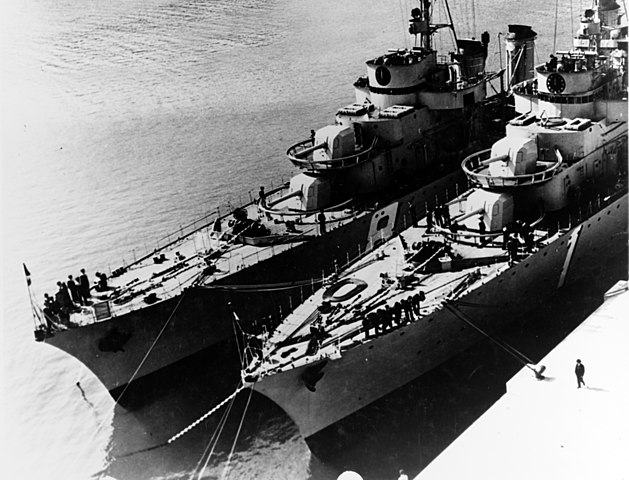
Vauquelin and Tartu in Monte Carlo 1935
The Vauquelin-class ships primarily served in the French Mediterranean and Atlantic fleets. Some participated in convoy escort missions, fleet actions, and coastal defense. After the Fall of France (1940), half the class was scuttled in Toulon to avoid capture by the Germans, Maillé-Brézé was destroyed by an accidental explosion, another, Chevalier Paul, was sunk off Syria by the allies in 1941. The Vauquelin-class was mid-way in this lineage of “contre-torpilleurs” somewhat cheating on the Washington treaty to allievate for the lack of cruisers in the Marine Nationale. They were the last “classic” large destroyers of a type started by the Guepard class, before France moved toward the more modern “Le Fantasque” class with even greater speed and firepower.
Note: Starter post, to be completed and released on 22 august.

⚙ Vauquelin class specs. |
|
| Displacement | 2,441 t standard, 3,120 t deep load |
| Dimensions | 129.3 x 11.8 x 4.97m (424 ft 3 in x 38 ft 9 in x 16 ft 4 in) |
| Propulsion | 2 shafts geared steam turbines, 4 du Temple boilers 64,000 PS (47,000 kW; 63,000 shp) |
| Speed | 36 knots (67 km/h; 41 mph) |
| Range | 3,000 nmi (5,600 km; 3,500 mi) at 14 knots (26 km/h; 16 mph) |
| Armament | 5× 138.6 mm, 4× 37 mm, 2×2 13.2 mm AA, 1×3, 2×2 550 mm TTs, 2 DCR, 2 DCT (36), 40 mines |
| Sensors | Hydrophones, Radars (1942) |
| Crew | 12 officers, 224 crewmen (wartime) |
Career of the Vauquelin class
 Vauquelin
Vauquelin
Vauquelin was laid down at Ateliers et Chantiers de France, Dunkirk on 13 March 1930, launched on 29 September 1932 and completed on 3 November 1933. She was scuttled in Toulon, 27 November 194.
 Kersaint
Kersaint
Kersaint was laid down at Chantiers Navals Français, Caen on 19 September 1930, launched 14 November 1931, fitted out at Ateliers et Chantiers de la Loire, Saint-Nazaire and completed on 31 December 1933. Scuttled in Toulon, 27 November 1942.
 Cassard
Cassard
Cassard was laid down at Ateliers et Chantiers de Bretagne, Nantes on 12 November 1930, launched on 8 November 1931 and completed on 10 September 1933.
 Tartu
Tartu
Tartu was laid down at Ateliers et Chantiers de la Loire, Saint-Nazaire on 14 September 1930, launched on 7 December 1931 and completed on 31 December 1932.
 Maillé Brézé
Maillé Brézé
Maillé Brézé was laid down at Ateliers et Chantiers de Penhoët in Saint-Nazaire on 9 October 1930, launched on 9 November 1931 and commissioned on 6 April 1933. She was lost by accidental explosion on 30 April 1940.
 Chevalier Paul
Chevalier Paul
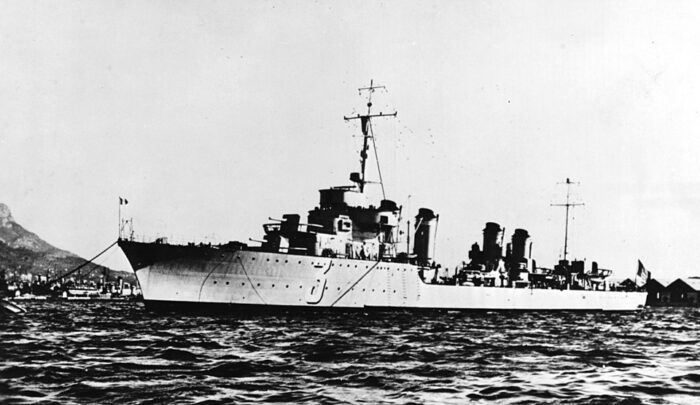
Chevalier Paul was laid down at Forges et Chantiers de la Méditerranée, La Seyne, Toulon, on 28 February 1931, launched on 21 March 1932 and completed on 20 July 1934. She was torpedoed by aircraft and sunk on 16 June 1941.
Read More/Src
Books
Cernuschi, Enrico & O’Hara, Vincent P. (2013). “Toulon: The Self-Destruction and Salvage of the French Fleet”. In Jordan, John (ed.). Warship 2013.
Chesneau, Roger, ed. (1980). Conway’s All the World’s Fighting Ships 1922–1946. Greenwich, UK: Conway Maritime Press.
Jordan, John & Moulin, Jean (2015). French Destroyers: Torpilleurs d’Escadre & Contre-Torpilleurs 1922–1956. Barnsley, UK: Seaforth Publishing.
Rohwer, Jürgen (2005). Chronology of the War at Sea 1939–1945: The Naval History of World War Two (Third Revised ed.). NIP
Whitley, M. J. (1988). Destroyers of World War Two: An International Encyclopedia. NIP

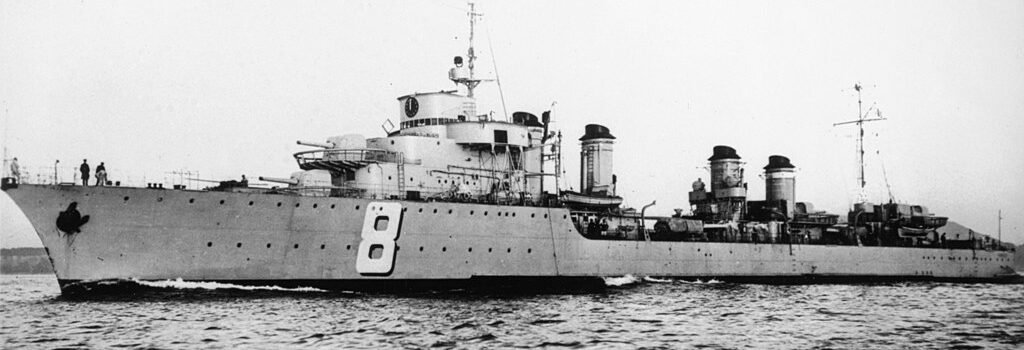
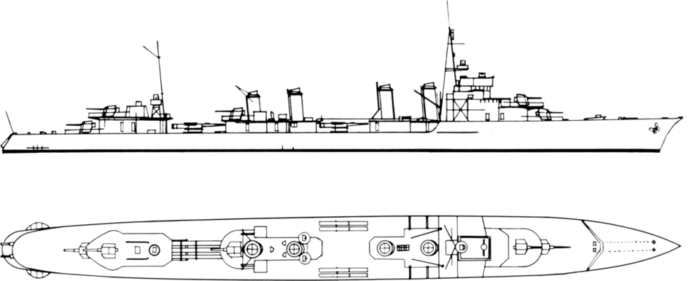
 Latest Facebook Entry -
Latest Facebook Entry -  X(Tweeter) Naval Encyclopedia's deck archive
X(Tweeter) Naval Encyclopedia's deck archive Instagram (@navalencyc)
Instagram (@navalencyc)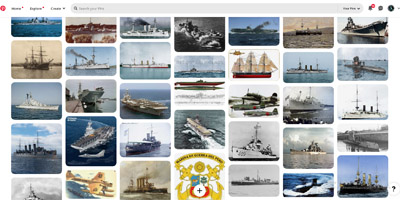

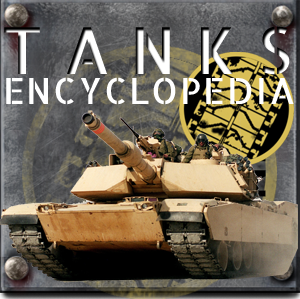
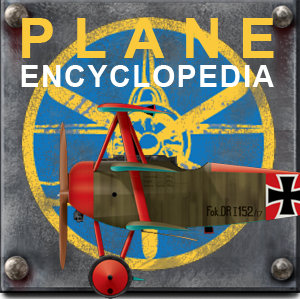
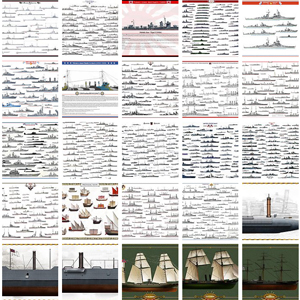

 French Navy
French Navy Royal Navy
Royal Navy Russian Navy
Russian Navy Armada Espanola
Armada Espanola Austrian Navy
Austrian Navy K.u.K. Kriegsmarine
K.u.K. Kriegsmarine Dansk Marine
Dansk Marine Nautiko Hellenon
Nautiko Hellenon Koninklije Marine 1870
Koninklije Marine 1870 Marinha do Brasil
Marinha do Brasil Osmanlı Donanması
Osmanlı Donanması Marina Do Peru
Marina Do Peru Marinha do Portugal
Marinha do Portugal Regia Marina 1870
Regia Marina 1870 Nihhon Kaigun 1870
Nihhon Kaigun 1870 Preußische Marine 1870
Preußische Marine 1870 Russkiy Flot 1870
Russkiy Flot 1870 Svenska marinen
Svenska marinen Søværnet
Søværnet Union Navy
Union Navy Confederate Navy
Confederate Navy Armada de Argentina
Armada de Argentina Imperial Chinese Navy
Imperial Chinese Navy Marinha do Portugal
Marinha do Portugal Mexico
Mexico Kaiserliche Marine
Kaiserliche Marine 1898 US Navy
1898 US Navy Sovietskiy Flot
Sovietskiy Flot Royal Canadian Navy
Royal Canadian Navy Royal Australian Navy
Royal Australian Navy RNZN Fleet
RNZN Fleet Chinese Navy 1937
Chinese Navy 1937 Kriegsmarine
Kriegsmarine Chilean Navy
Chilean Navy Danish Navy
Danish Navy Finnish Navy
Finnish Navy Hellenic Navy
Hellenic Navy Polish Navy
Polish Navy Romanian Navy
Romanian Navy Turkish Navy
Turkish Navy Royal Yugoslav Navy
Royal Yugoslav Navy Royal Thai Navy
Royal Thai Navy Minor Navies
Minor Navies Albania
Albania Austria
Austria Belgium
Belgium Columbia
Columbia Costa Rica
Costa Rica Cuba
Cuba Czechoslovakia
Czechoslovakia Dominican Republic
Dominican Republic Haiti
Haiti Hungary
Hungary Honduras
Honduras Estonia
Estonia Iceland
Iceland Eire
Eire Equador
Equador Iran
Iran Iraq
Iraq Latvia
Latvia Liberia
Liberia Lithuania
Lithuania Mandchukuo
Mandchukuo Morocco
Morocco Nicaragua
Nicaragua Persia
Persia San Salvador
San Salvador Sarawak
Sarawak Uruguay
Uruguay Venezuela
Venezuela Zanzibar
Zanzibar Warsaw Pact Navies
Warsaw Pact Navies Bulgaria
Bulgaria Hungary
Hungary

 Bundesmarine
Bundesmarine Dutch Navy
Dutch Navy Hellenic Navy
Hellenic Navy Marina Militare
Marina Militare Yugoslav Navy
Yugoslav Navy Chinese Navy
Chinese Navy Indian Navy
Indian Navy Indonesian Navy
Indonesian Navy JMSDF
JMSDF North Korean Navy
North Korean Navy Pakistani Navy
Pakistani Navy Philippines Navy
Philippines Navy ROKN
ROKN Rep. of Singapore Navy
Rep. of Singapore Navy Taiwanese Navy
Taiwanese Navy IDF Navy
IDF Navy Saudi Navy
Saudi Navy Royal New Zealand Navy
Royal New Zealand Navy Egyptian Navy
Egyptian Navy South African Navy
South African Navy






























 Ukrainian Navy
Ukrainian Navy dbodesign
dbodesign